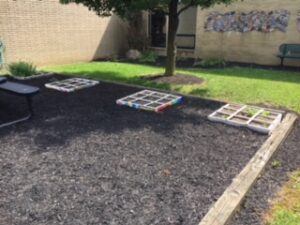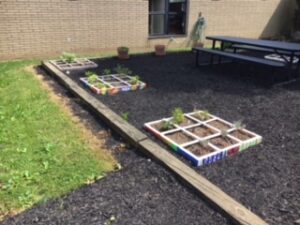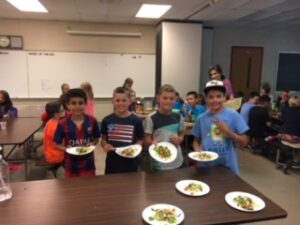Designing a Dynamic Summer Program

Designing a Dynamic Summer Program
Designing and facilitating a dynamic, enriching, hands-on, active project-based summer program.
The key to dynamic, enriching, hands-on and fun summer programming is to facilitate in-depth activities covering multiple curricular areas building upon each other over the course of the summer. While allowing student ownership which creates energy and buy-in on their part. Two such examples of this type of programming which have proven successful are our Media and Garden Clubs which are part of our summer program for students entering grades 4-8. All students enrolled participated in both clubs –involvement is not voluntary and student roles within the clubs are assigned according to fit and interest.
Breaking News and Timely Topics!
Students participating inMedia Club produce a weekly news program which is featured on the school district’s YouTube channel. With direction they develop, write, film and edit the program. Students determine the content, topics and issues to be reported,as well as,contact interview subjects and set up interviews. Students must collaborate and navigate differences to meet the weekly broadcast deadline. While Media Club is a STEM endeavor, it teaches and reinforces many skill sets in a multitude of areas while focusing on teamwork. A few examples of the production follow:
Growing Season
Garden Club is another example of summer programming which develops multiple skill sets in a diverse range of curricular areas. Students build and decorate seed beds, collaborate and agree upon the produce to be grown and order the seeds. They research how to best grow each fruit/vegetable/herb then plant and tend the garden – which is located in the courtyard of the school in which our program is hosted. Students also compost food waste remaining each day from lunch to use in the seed beds. Students then utilize the harvest in preparing community meals served to their peers, students attending our K-3 summer programs, and office staff who work in the building.



All it takes is imagination and inspiration!
These concepts are not complex or expensive. Utilizing basic technology and minimal investment along with dedicated staff and the energy of your students any program can incorporate similar programming. You just have to ask if you are willing to empower the vision and commit to the process of project-oriented programming.
